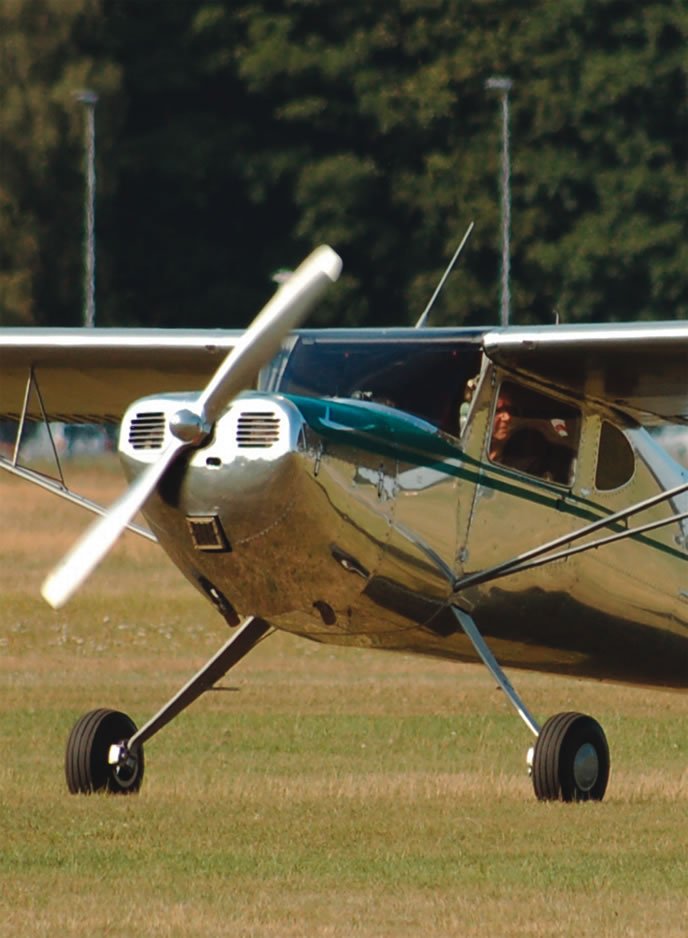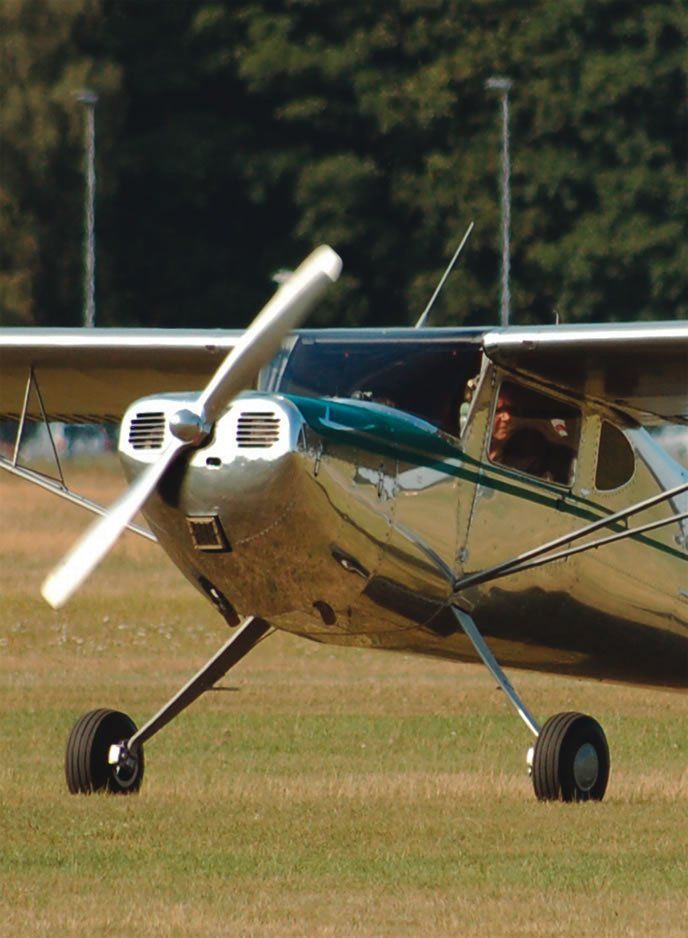The rule passed down from a father active in aviation to boys of teen age learning to fly an 85-hp Cessna 140: “Never tie down or hangar the plane after a flight without topping off the tanks.” It was good advice for the two of us flying the same plane: courtesy, good habits and prevention of water condensation in hot, humid Kansas.

On a calm, cool Sunday morning, brother #2 preflighted the 140, glancing at both sight gauges, which appeared full as usual. Fuel strainers, oil and tires were all normal, as were the run-up, mag check and takeoff to the west. At approximately 50 feet over the runway’s departure end and a river, the engine sputtered/caught/sputtered, expressing its need for a straight-ahead safe place to land, one that didn’t exist! Gently shaking the wings with aileron gave a momentarily return of power, allowing a 180-degree turn to a dead-stick landing on the runway, followed by a very long push to the fuel tanks.
Lesson 1: Always dipstick the tanks during the preflight check. Lesson 2: Sight gauges appear full when they’re empty. Lesson 3: A slight wing rocking might restore enough fuel flow for a few seconds of flight. Lesson 4: Never trust the previous pilot to put an airplane to bed in ready-to-fly condition.
Another lesson was understood when we asked ourselves how high we could fly this taildragger over central Kansas on a hot day. A 45-minute, slow spiral climb with gentle mixture leaning put us at 10,500 feet! Over a prairie grass field next to a reservoir, we made a lazy spiral with the engine at idle, enjoying the beauty, the ride and conserving fuel.
Now, while we’re here, how about practicing an emergency power-off landing? With a good spot picked out, 20 feet agl and 50 mph was close enough, but attempting to add full power to an idling engine turned practice into reality. Checking the panel while touching down found the mixture almost fully leaned, but a quick push restored full power.
Be careful how you transition one practice into another, “clear” the engine when descending power-off and always leave a margin for error and the unexpected when practicing.
— Two teenage pilots in Kansas
Our Mailing List Policy
Like many other publishers, we make portions of our customer list available to carefully screened companies that offer products and services that you may enjoy. Indeed, in all likelihood we were able to first reach you only because another company graciously permitted us access to its customer list. If, when we make our list available, you do not want to receive those offers and/or information, please let us know by contacting us at Aviation Safety Opt-Out Program, 535 Connecticut Ave., 2nd Floor, Norwalk, CT 06854. Please be sure to include your current mailing label.




